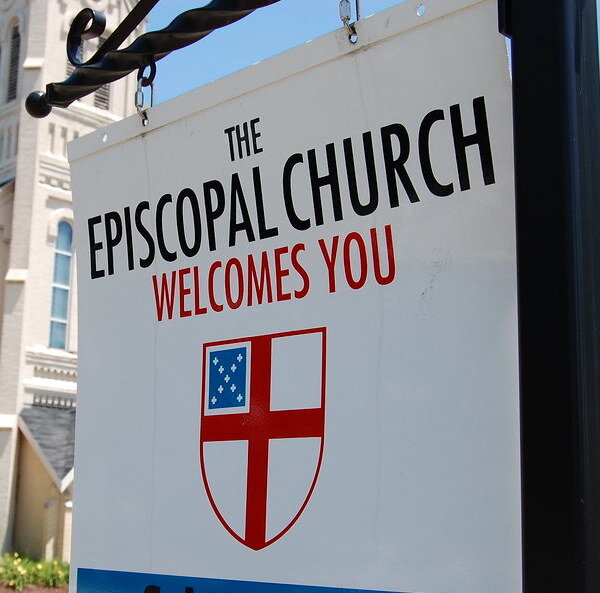Exploring Organizational Identities of The Episcopal Church
Authors Matthew L. Sheep, Alexandra Rheinhardt, Elaine C. Hollensbe, and Glen E. Kreiner discuss research on organizational identity following a watershed event in the Episcopal Church and answer questions about their new paper, “‘Tearing the Fabric’ or ‘Weaving the Tapestry’? A Discursive Resources Approach to Identity-Implicating Organizational Events,” published in Management Communication Quarterly.

Our title, “’Tearing the Fabric’ or ‘Weaving the Tapestry’” came directly from the data of our study. Although a stark contrast, both phrases refer to the same organizational event: the 2003 election of The Episcopal Church’s first openly gay bishop, The Rt. Reverend V. Gene Robinson, at its triennial General Convention. That such different metaphors could be used to allude to the impact of the same event indicates other underlying processes that produce contested versions of “reality” across the organization.
Headquartered in the United States (but with international provinces), The Episcopal Church (TEC) is part of a global religious body known as the Anglican Communion. In 2004, the Communion issued a report that predicted some potential effects of this event—that it “might tear the fabric of our Communion at its deepest level” (The Windsor Report, p. 18). In contrast, an Episcopal Church leader that we interviewed framed the event as evidence of the Church’s “comprehensiveness” that would create “a very colorful tapestry.”

As our research team was granted wide access to interview key leaders of TEC—both clergy and laity—we embarked upon a years-long study to understand the impacts of this event on TEC’s organizational identities as constructed by its leaders, members, and church documents. Most importantly, we wanted to understand better why and how events would make any difference to organizational identities. David Whetten noted in 2006 that “profound organizational events” can “have the potential to alter the collective understanding of ‘who we are as an organization’” (Whetten, 2006, p. 221). However, we sought to learn more about how this actually happens. Why should events necessarily impact identities? Aren’t identities more stable than that? Is it the event itself, or is it how the event is constructed in terms of its implications for identity in members’ everyday talk?
The latter question steered us toward a discourse analytic perspective—more specifically, a discursive resources approach. That is, discourse constitutes both the meanings of events and their implications for the organization’s identity. From a discourse perspective, research questions focus on what the discourse is doing to accomplish the construction of different versions of identity vis-à-vis implicating events.
For example, consider this interview quote from one of our participants who was responding to the implications of the event for the “welcoming” (inclusive) identity of TEC:
I think we’ve reached the crossroads, and the crossroads is “OK, does the Episcopal Church welcome you?” And what does that welcome entail? …What does that mean? What is “welcomes you?” Is it just hello, how are you, good day? Have a nice day? Or is it “welcomes you into the full body of Christ?” “Welcomes you into the leadership of the body of Christ.”
Note that the “welcoming” identity is presented as a series of open-ended questions, not fixed categorizations, opening a space for varying versions of TEC identity as impacted by the event.
We invite you to read the full study to learn more about the ways we discovered that organizational identity work is accomplished discursively vis-à-vis organizational events. Rather than identity coherence, on which theories of identity have typically focused, we found that interviewees constructed identity incoherence to foster both positive and negative views of the event. The upshot is that identity-implicating organizational events may not always be viewed as widescale opportunities or threats generating uniform implications for the organization, but they may have more complex implications for organizational identity reinforcement or change.

































































































